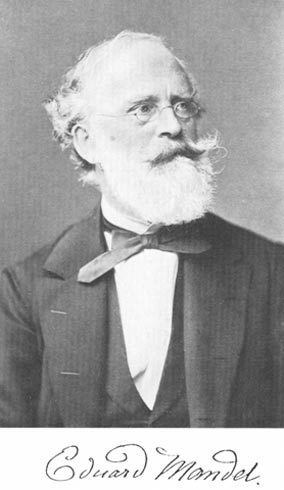Name Eduard Mandel | ||
 | ||
Died October 20, 1882, Berlin, Germany | ||
Eduard Mandel (February 15, 1810 – October 20, 1882) was a German engraver.
Contents
Mandel was born in Berlin. He studied from 1824 with the map engraver Johann Karl Mare, and from 1826 to 1830 in the studio of Ludwig Buchhorn. His first engraving was a portrait of Friedrich Wilhelm III after his own design (1830). He completed his first larger work in 1835, Der Krieger und sein Kind, after a painting by Theodor Hildebrandt; it was so well received that he was assigned by the Prussian Art Association to make an engraving after Lurlei by Carl Joseph Begas (completed 1839). In 1837, he was appointed a member of the Akademie der Künste. In 1840 he traveled to Paris, to study further with Louis Pierre Henriquel-Dupont and Auguste Gaspard Louis Desnoyers, among others. While there, he produced the engraving Italienischen Hirtenknaben after a painting by Pollack. After his return he produced a series of engravings considered among the finest in 19th-century German engraving. He was head of the engraving studio at the Akademie der Künste from 1856. His most important work, done shortly before his death, was an engraving after the Sistine Madonna of Raphael.
